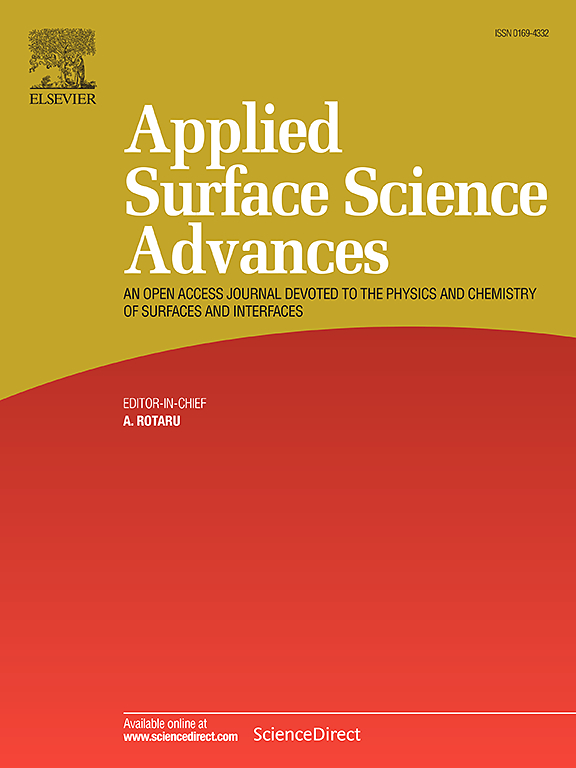Independent humidity engineering of MAPbI3 absorbers and hole transport layers for enhanced performance in perovskite solar cells
IF 8.7
Q1 CHEMISTRY, PHYSICAL
引用次数: 0
Abstract
This study extends beyond the analysis of performance variations in MAPbI3 fabricated under different relative humidity (RH) conditions by independently preparing the Spiro-OMeTAD hole transport layer (HTL) under decoupled humidity conditions. This approach enables a systematic investigation of the individual impact of RH on each layer. Moderate humidity levels, particularly around 60 % RH, significantly enhance device efficiency by simultaneously improving the crystallinity of the perovskite layer and the electrical conductivity of the HTL. Structural and optoelectronic characterizations indicate that residual PbI2 formed under moderate humidity conditions effectively passivates shallow trap states at the MAPbI3 interface, suppressing non-radiative recombination and facilitating more efficient charge extraction. Moreover, selectively tuning the humidity for each functional layer reveals that humidity-controlled HTL fabrication independently contributes to overall device performance, highlighting the critical role of layer-specific environmental control. In contrast to previous studies that applied uniform humidity conditions across all layers, this work distinguishes the individual effects of humidity modulation during each fabrication step. These findings offer valuable insights for developing scalable, humidity-resilient fabrication strategies aimed at achieving high-efficiency and stable PSCs.
钙钛矿太阳能电池中MAPbI3吸收层和空穴传输层的独立湿度工程
本研究通过在解耦湿度条件下独立制备Spiro-OMeTAD空穴传输层(HTL),进一步分析了不同相对湿度条件下制备的MAPbI3的性能变化。这种方法可以系统地研究RH对每一层的个别影响。适度的湿度水平,特别是60%左右的相对湿度,可以通过同时改善钙钛矿层的结晶度和HTL的导电性来显着提高器件效率。结构和光电子表征表明,在中等湿度条件下形成的残余PbI2有效地钝化了MAPbI3界面的浅阱态,抑制了非辐射重组,促进了更有效的电荷提取。此外,选择性地调整每个功能层的湿度表明,湿度控制的HTL制造独立地有助于整体器件性能,突出了特定层环境控制的关键作用。与之前在所有层上应用均匀湿度条件的研究相反,这项工作区分了每个制造步骤中湿度调制的单个影响。这些发现为开发可扩展、抗湿度的制造策略提供了宝贵的见解,旨在实现高效、稳定的psc。
本文章由计算机程序翻译,如有差异,请以英文原文为准。
求助全文
约1分钟内获得全文
求助全文

 求助内容:
求助内容: 应助结果提醒方式:
应助结果提醒方式:


